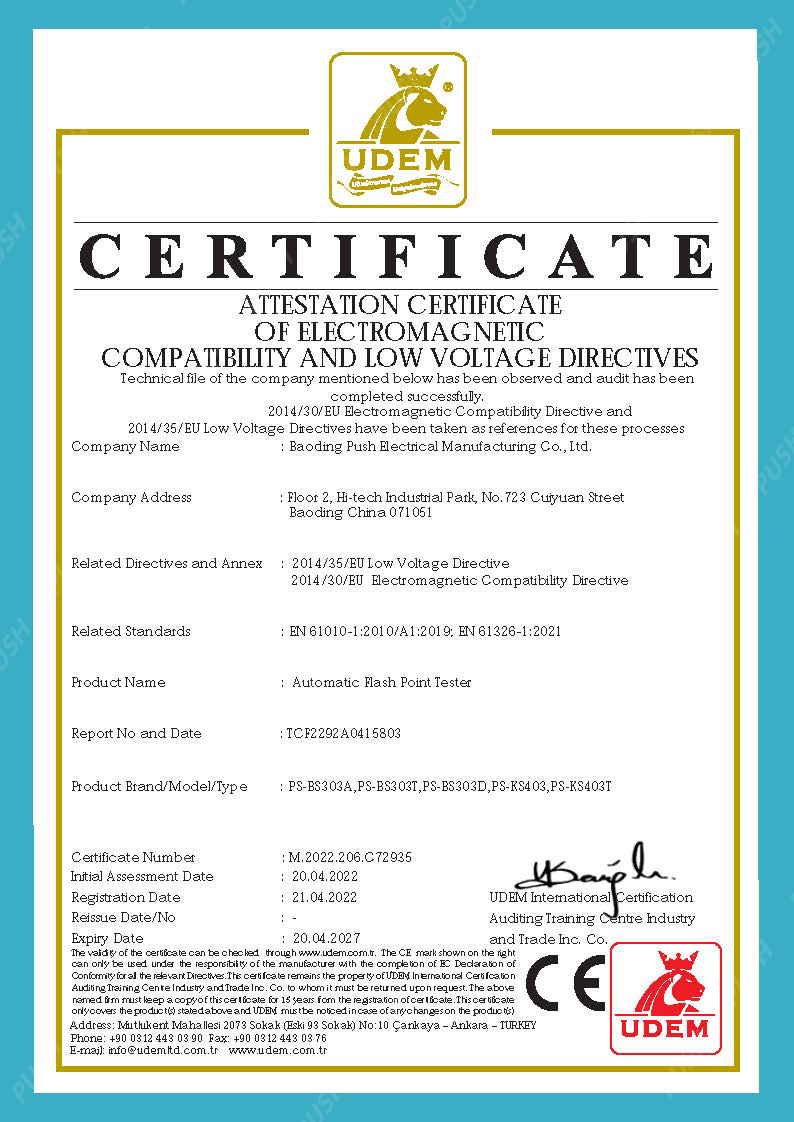 English
English


transformer short circuit impedance test
Transformer Short Circuit Impedance Test Importance, Methodology, and Interpretation
Transformers play a critical role in electrical power systems, being essential for voltage transformation, energy distribution, and system protection. One vital aspect of transformer testing is the short circuit impedance test, which provides crucial insights into the transformer's performance, efficiency, and overall health. Understanding the significance, methodology, and interpretation of this test is essential for electrical engineers and technicians.
Significance of Short Circuit Impedance Testing
The short circuit impedance (Z) of a transformer is a critical parameter that affects its operation under load conditions. The impedance is defined as the ratio of the applied voltage to the resulting current when the high-voltage side of the transformer is short-circuited, while the low-voltage side is supplied with a controlled voltage. This testing serves several purposes
1. Determining Load Capacity The short circuit impedance is inversely related to the transformer's capacity; that is, a lower impedance indicates a higher capacity. By measuring this impedance, engineers can determine the load capabilities of the transformer.
2. Evaluating Voltage Regulation Proper voltage regulation is critical for the stable operation of electrical systems. The short circuit impedance test helps assess voltage drops under full-load conditions, thus enabling engineers to predict the performance of the transformer during actual operations.
3. Identifying Faults The test can unveil winding problems, such as shorts, opens, or turn-to-turn faults, which may not be otherwise visible. Understanding these conditions early can prevent catastrophic failures and extend the lifespan of the transformer.
4. Foundation for Protection Settings Knowledge of the short circuit impedance allows engineers to set appropriate protection relay settings, ensuring that safety devices respond correctly to fault conditions.
Methodology of Short Circuit Impedance Testing
Performing a short circuit impedance test involves several steps to ensure accuracy and safety. While the specific procedure may vary depending on the type of transformer and its operational context, the following steps typically outline the process
1. Preparation Before testing, ensure that the transformer is de-energized and isolated. Inspect all connections, equipment, and safety procedures to prevent electrical hazards.
transformer short circuit impedance test

3. Applying Voltage Gradually increase the voltage on the low-voltage side while monitoring the current flowing through the circuit. The goal is to raise the voltage until the rated current (usually expressed in amperes) is reached.
4. Data Collection Record the voltage applied to achieve rated current. The short circuit impedance is then calculated using the formula
\[ Z = \frac{V}{I} \]
where \(V\) is the applied voltage and \(I\) is the measured current.
5. Calculating Impedance Values From the recorded values, determine the impedance in ohms (Ω) and express it as a percentage of the transformer’s rated capacity for practical interpretation.
Interpreting Short Circuit Impedance Results
The results of the short circuit impedance test provide valuable information about the transformer. The percentage impedance can vary based on design, but generally, values between 3% to 7% are common for power transformers.
1. Comparative Analysis Compare the obtained impedance with the manufacturer’s specifications. Significant deviations can indicate potential winding issues or improper installations.
2. Voltage Regulation Assess the impedance in conjunction with the transformer's rated capacity to evaluate how well the transformer will regulate voltage under varying load conditions.
3. Maintenance and Reliability Regular testing and monitoring of short circuit impedance can help track the aging of the transformer. Elevated impedance values over time may indicate deterioration due to winding short circuits or insulation failure.
Conclusion
The transformer short circuit impedance test is an essential diagnostic tool that provides vital information on the operational capabilities and health of transformers. Understanding its significance, methodology, and interpretation ensures that engineers can effectively manage transformer performance, enhancing reliability, safety, and efficiency within electrical power systems. Regular testing, combined with comprehensive analysis, is a cornerstone of proactive transformer maintenance and management strategies.
-
Differences between open cup flash point tester and closed cup flash point testerNewsOct.31,2024
-
The Reliable Load Tap ChangerNewsOct.23,2024
-
The Essential Guide to Hipot TestersNewsOct.23,2024
-
The Digital Insulation TesterNewsOct.23,2024
-
The Best Earth Loop Impedance Tester for SaleNewsOct.23,2024
-
Tan Delta Tester--The Essential Tool for Electrical Insulation TestingNewsOct.23,2024





